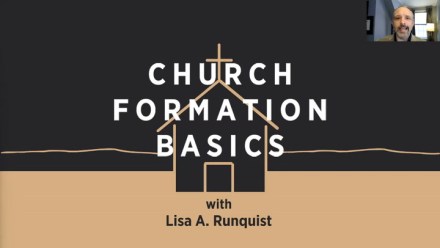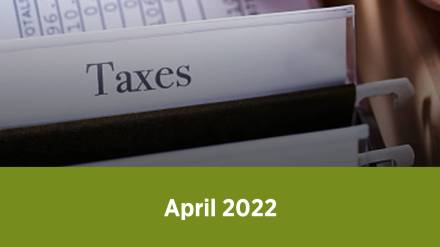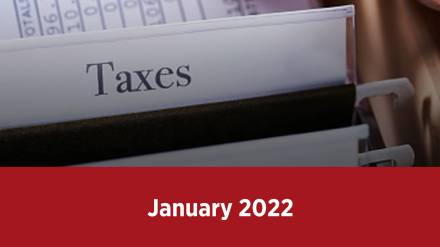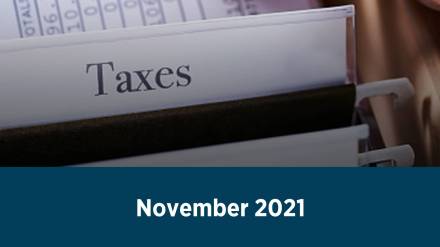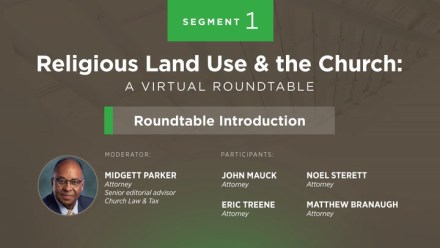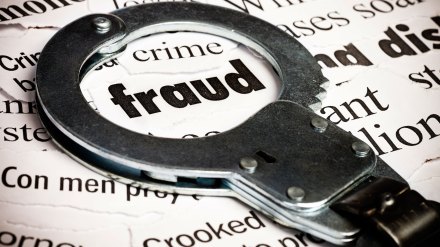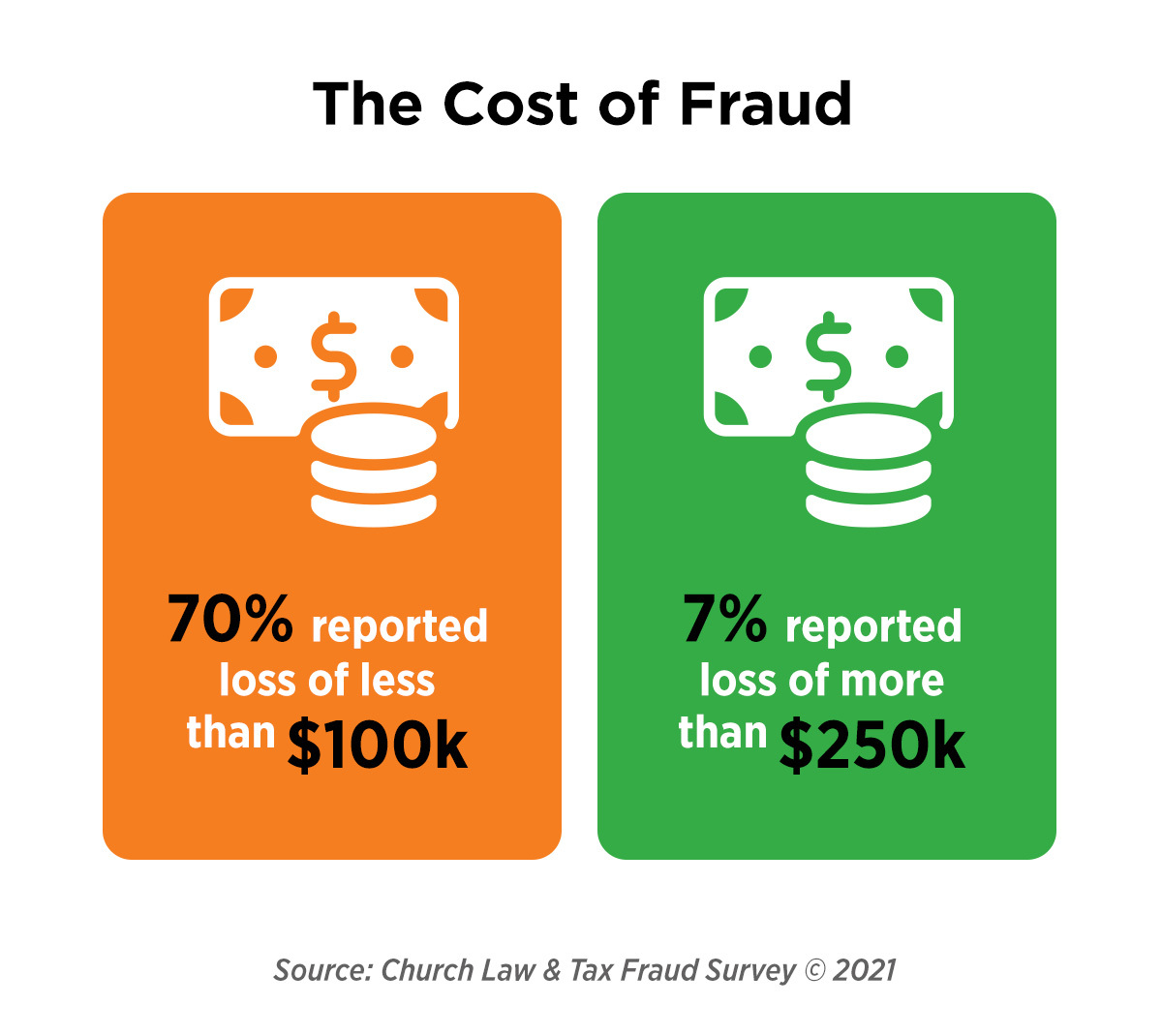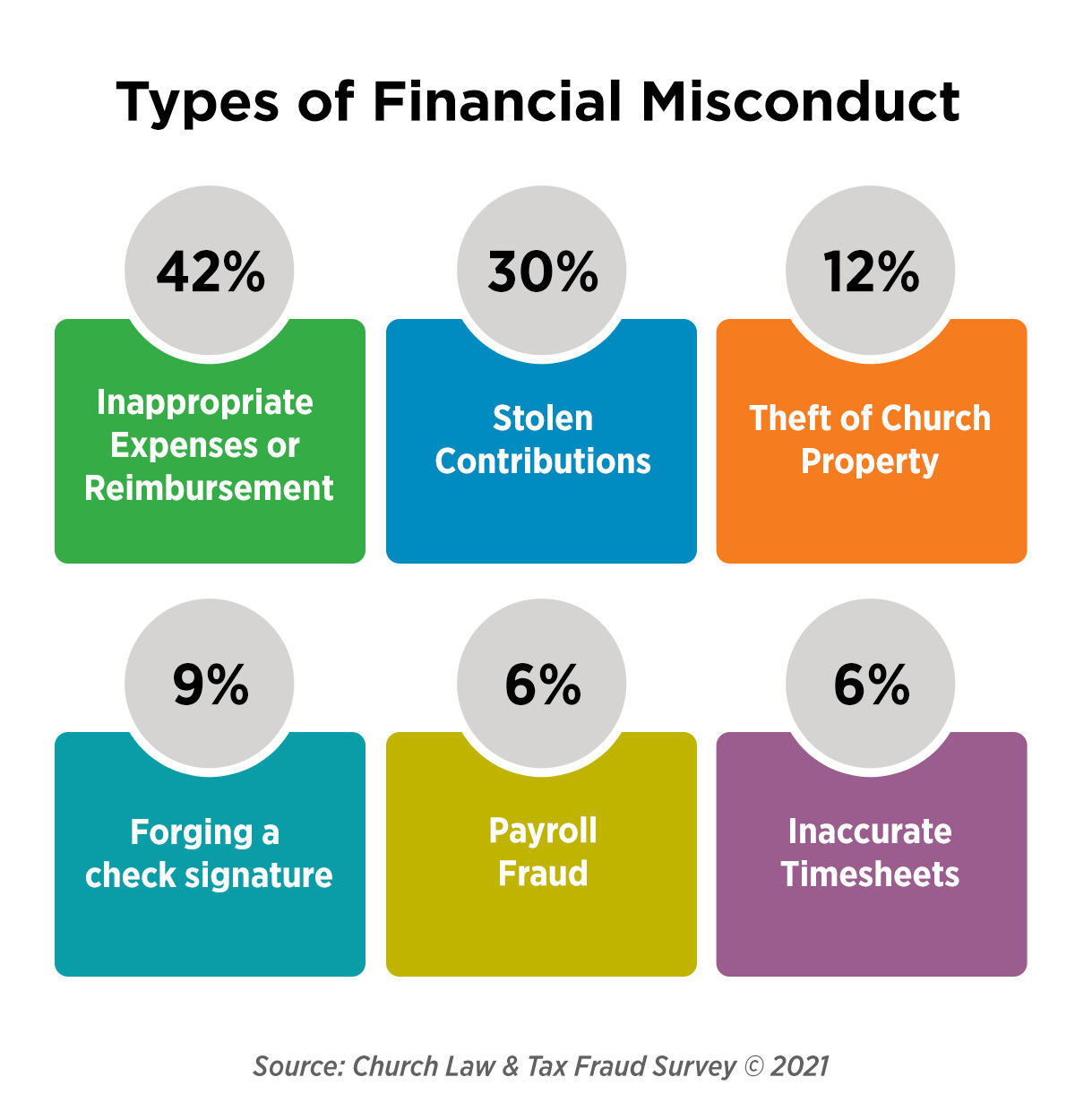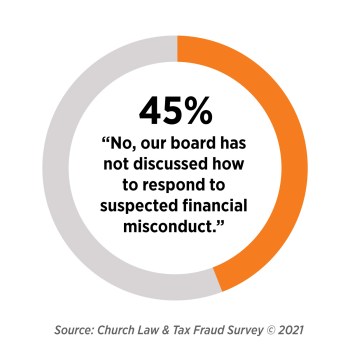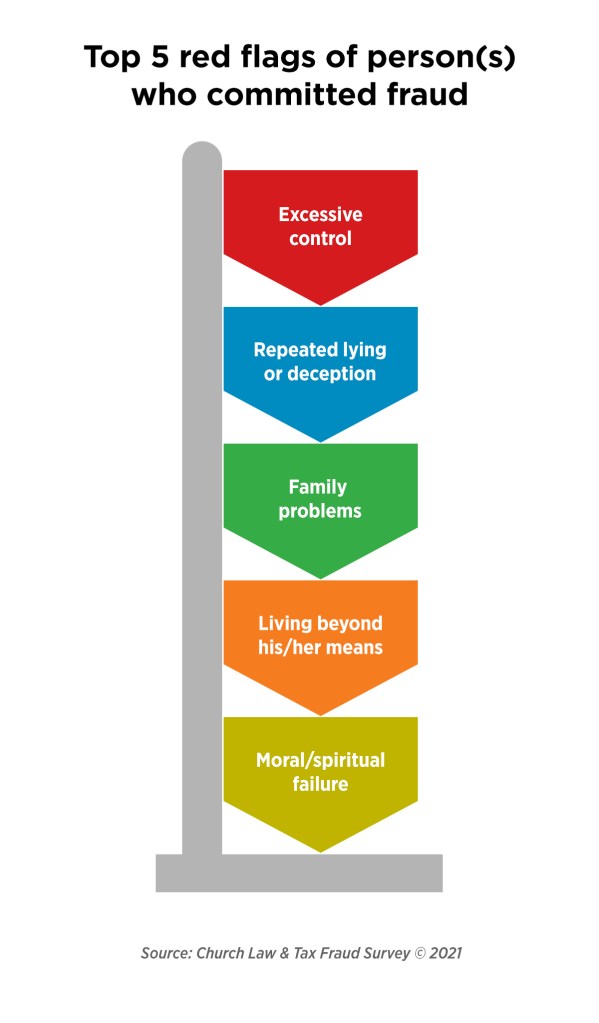Every election year churches question what they can do or say about the upcoming election. And quite often the central question is how far is too far?
Many churches earnestly attempt to navigate this dilemma while others are simply silent.
As a pastor or church leader, do you know what your church may legally do during an election year? Or would you wonder if you really understood what the law says and how it applies to your church?
Unfortunately, articles and guides about the Internal Revenue Service (IRS) regulations on election-year activities by churches often overlook the US Constitution and its safeguards of the free exercise of religion, freedom of speech, and protection from government intrusion into the church.
Your church’s ability and freedom to address an election are broad, even under current tax law. This is especially true considering the constitutional guarantees churches enjoy.
Through exploring and explaining the Johnson Amendment (the law behind much of the confusion) leaders will learn more from this article about their constitutional protections.
This article will also point out key cautions wwith regard to candidates running for office.
Leaders also will learn more about how other tax laws allow churches to engage in some lobbying and advocacy efforts tied to legislative matters and ballot measures.
What is the Johnson Amendment?
The Johnson Amendment is a federal tax law restricting a tax-exempt organization’s interactions with candidates and elections. The Amendment gets its name from Senator Lyndon Johnson. He was the motivating factor in adding the provision to the tax code in 1954.
The history of the Amendment suggests that Johnson wanted to silence two powerful, secular nonprofit organizations. The organizations were opposing his reelection to the US Senate because they believed he was soft on communism.
The Amendment was part of a massive tax overhaul bill and was inserted into the bill by a voice vote.
There were no debates or committee hearings. There was no meaningful consideration of how the Amendment would impact the constitutional rights of churches.
President Eisenhower signed the tax bill, which included the Johnson Amendment, into law without comment in August 1954. Since that time, the Johnson Amendment has been part of federal tax law.
The Johnson Amendment is the last sentence of section 501(c)(3) of the Internal Revenue Code. It states that nonprofit organizations may not “participate in, or intervene in (including the publishing or distributing of statements), any political campaign on behalf of (or in opposition to) any candidate for public office.” Section 501(c)(3), of course, applies to churches.
How is the Johnson Amendment enforced?
The IRS enforces the Johnson Amendment along with the rest of the tax code. Its record of enforcement since 1954 has been spotty and uneven. For example, on its website, the IRS states that nonprofit organizations are “absolutely prohibited from directly or indirectly” violating the Johnson Amendment. Yet there is no explanation of what an “indirect” violation of the Johnson Amendment is or could be.
The Johnson Amendment itself prohibits a church from “participating in” a candidate’s campaign. However, the law contains no clear definition of what “participation” consists of.
Despite this vagueness, the IRS warns that a violation of the Johnson Amendment “may result in denial or revocation of tax-exempt status and the imposition of certain excise taxes.”
The predictable result of the inherent vagueness and murkey enforcement rules is to chill the speech of America’s churches and pastors.
Pastors often admit they don’t know what is considered prohibited speech when it comes to candidates and elections.
So, most just say nothing. Only an intrepid few may decide to shoot in the dark and hope for the best.
This only magnifies the problem. Pastors are frequently intimidated because they do not know what the IRS thinks they can or cannot say.
This chill on speech is further exacerbated by the fact that churches cannot just sue the IRS to have the Johnson Amendment declared unconstitutional. The rules of federal court jurisdiction (when a lawsuit may be brought to court) prohibit lawsuits against the IRS until a provision of the tax code has been enforced against a taxpayer and a penalty has been levied and upheld during an internal IRS appeal process.
The IRS decides when to go to court
The result is that the IRS decides how, when, and with whom it will get into a lawsuit with. And the IRS has studiously avoided a lawsuit over the constitutionality of the Johnson Amendment.
The IRS prefers a status quo in which the law is never clarified. As a result, most churches simply self-censor.
No court has confronted the constitutionality of government regulation of a church’s political speech during a church service or event. Yet this is precisely what the Johnson Amendment claims authority to do.
Moreover, some organizations that advocate for radical enforcement of the “separation of church and state” take advantage the amendment’s vagueness.
One organization even conducted a nationwide advocacy campaign where it asked its supporters to turn in churches to the IRS.
Never mind that its view of the Johnson Amendment was so extreme the IRS wouldn’t act on the complaints.
Just the threat of a complaint or an actual complaint followed by a press release further chilled free speech.
Is the Johnson Amendment constitutional?
Numerous legal scholars have written law review articles arguing that the Johnson Amendment is unconstitutional. These arguments focus on the Establishment, the Free Exercise, and the Free Speech Clauses of the First Amendment to the US Constitution.
What follows is a summary of some of the legal arguments for how the Johnson Amendment appears to violate each clause.
The Establishment Clause
The Establishment Clause prohibits excessive entanglement of the government with religion. The IRS cannot enforce the Johnson Amendment without an IRS agent parsing the speech of a church or a pastor’s sermon or other speech to determine if it crossed the line into a Johnson Amendment violation.
The US Supreme Court has held—in more than one case—that a law that requires pervasive government surveillance and monitoring of religion results in excessive entanglement of the government with religion.
Put simply, the government cannot enforce the Johnson Amendment without intruding into the internal activities and speech of a church. Such enforcement of the Johnson Amendment would unconstitutionally entangle the government with religion.
The Free Speech Clause
The Free Speech Clause prohibits “content-based” restrictions on speech. This kind of restriction is one where the government must review the content of speech to determine if it violates the law.
In cases like this, courts hold the government to the highest constitutional standard in order to justify why it needs to review the content of speech.
The Johnson Amendment certainly requires the IRS to review the content of a church’s speech. In fact, there is no way to enforce the Johnson Amendment without reviewing the content of a church’s speech. This content review, coupled with the vagueness of the Johnson Amendment’s text, gives the government broad censorship power to prohibit speech.
Content-based restrictions on speech are highly disfavored. In fact, they are usually unconstitutional because these kinds of restrictions give the government far too much censorship power.
The Free Speech Clause also prohibits a speech restriction that creates an unconstitutional condition. Stated simply, the Johnson Amendment forces churches to give up their speech rights in order to retain their tax-exempt statuses. This is despite the fact that the Constitution (by virtue of the First Amendment’s Establishment Clause) requires the government to exempt a church from taxation.
Another way of looking at it
Would it be okay for the government to tell churches that they can retain their tax-exempt statuses only if they provide free housing for military troops (barred by the Third Amendment)? What about if they allow the police to search their buildings without warrants (barred by the Fourth Amendment)? Those kinds of restrictions would be instantly condemned—and rightly so—as unconstitutional. Yet the Johnson Amendment says churches can retain their tax-exempt statuses only if churches forfeit their First Amendment rights of speech. This is an unconstitutional trade-off.
The Free Speech Clause also prohibits vague restrictions on speech. The reason is that vague restrictions may result in self-censorship and a chill on speech. As we have already discussed, the Johnson Amendment is full of the type of vagueness to create such a chill.
The Free Exercise Clause
The Johnson Amendment also violates the Free Exercise Clause.
This is because it expressly discriminates against religious speech and penalizes such speech with civil or criminal penalties.
Why hasn’t the Johnson Amendment been declared unconstitutional?
Given the serious constitutional violations inherent in the Johnson Amendment, why has it not been declared unconstitutional? The answer lies in the IRS’s refusal to allow a direct constitutional challenge to the Johnson Amendment.
Again, most churches self-censor, thereby doing the IRS’s enforcement job for it. The few churches investigated for Johnson Amendment violations have generally settled with the IRS. They did so to avoid draconian tax penalties and consequences.
But outside of those few examples, the IRS has essentially avoided direct enforcement action against churches. Earlier in my career, I represented churches that wanted to create a civil rights “test case” challenge to the Johnson Amendment. Over the course of several years, I represented over 4,000 pastors who preached sermons seemingly violating the Johnson Amendment and sent them to the IRS.
This effort was intended to foster a serious constitutional challenge to the Johnson Amendment, something the Constitution gives citizens the right to do.
These churches were willing to endure the consequences for the right to challenge the constitutionality of the Johnson Amendment. Yet the IRS did not investigate or punish any of the churches. The IRS did not allow one court case. Even so, the law persists to this day despite the attempt to create a constitutional test case.
The IRS prefers the status quo of self-censorship by churches and a chill on speech. It can enforce the Johnson Amendment easily by making threatening statements that result in churches enforcing the law against themselves.
What should happen with the Johnson Amendment?
The status quo is a burden on the constitutional rights of America’s churches and pastors. In the absence of a court challenge to the Johnson Amendment, what should happen with the law?
Some have argued that getting rid of the Johnson Amendment would turn churches into pawns of the political parties. Yet the church does not need the government to protect it against itself. We should not allow an unconstitutional law to remain out of a misguided motivation to protect the theological purity of the church. That is not the government’s job anyway.
Others have argued that getting rid of the Johnson Amendment would allow churches to funnel “dark money” to political candidates, campaigns, and parties. Yet the Johnson Amendment applies to far more than just money.
Allowing an unconstitutional speech restriction that entangles the government with religion as a means of preventing political contributions by churches is overbroad. The simple answer is to prohibit political contributions by churches. Congress attempted to do just that when it introduced the Free Speech Fairness Act. The Act would have amended the Johnson Amendment to prohibit political contributions but remove the unconstitutional speech restrictions. The effort stalled, though, and has not moved forward to date.
The answer is not to jettison the Johnson Amendment entirely. Let’s instead remove provisions that prohibit the free speech and free exercise rights of America’s churches and pastors. Perhaps such an amendment will become politically viable in the future.
What about ballot initiatives and legislation?
In addition to the Johnson Amendment, section 501(c)(3) of the Tax Code also includes a limitation on legislative activities by tax-exempt organizations. This section was added to the tax code in 1934. It states that “no substantial part of the activities of which is carrying on propaganda, or otherwise attempting, to influence legislation.” This restriction applies to activities that support or oppose pieces of legislation, such as bills and ballot initiatives.
The lobbying restriction was sponsored by Sen. David Reed. Reed is a Republican from Pennsylvania who wanted to silence a nonprofit organization, the National Economy League. The League was in direct with Sen. Reed over the issue of benefits to veterans. The National Economy League was lobbying against a bill introduced by Sen. Reed who had made the issue, and his bill, the centerpiece of his reelection campaign to the US Senate.
Unlike the Johnson Amendment, the restriction on legislation is not an absolute prohibition, but just a limitation. The IRS does not define what an insubstantial amount of legislative activity is, but some guidance suggests that more than 5 percent to 15 percent of a church’s overall activities might be considered substantial.
Churches are allowed to directly support or oppose legislation, encourage congregations to vote for or against proposed laws, and speak into broader matters of public policy. None of these activities come close to the legislative limit included in section 501(c)(3).
What should churches do when it comes to an election?
Unless or until Congress amends the Johnson Amendment or a court declares it to be unconstitutional, it is still law. And the law regarding lobbying about legislation remains in place. When it comes to interacting with elections and candidates, churches should consider the following.
Recognize the significant and underappreciated constitutional protections churches have
Church leaders may be surprised by how much their churches may do in an election year. There are valuable resources that will help to cut through some of the vagueness and provide a roadmap as to what is permissible under current law. That’s true with respect to candidates for political office, as discussed above. That’s also true with respect to lobbying efforts related to legislative matters and ballot measures, as also discussed above.
Additionally, there are numerous activities that fall well within the bounds of current IRS guidance and tax law that churches also should contemplate. Such activities range from public forums inviting all candidates to speak, to compilations of voting records (absent editorial comment or approvals/disapprovals of those records), to neutral voter registration drives.
Even though the Johnson Amendment is unconstitutional, churches should appreciate the vast constitutional protections they currently enjoy without threat of losing their tax-exempt statuses. Doing so can help you avoid self-censorship and feel confident that there is a great deal your church may do should its leaders feel called to do so. Moreover, there are legal groups waiting and ready to provide pro-bono representation in the event a legal challenge ever arises.
Each church must decide for itself how to address politics and elections
For far too long, the Johnson Amendment and IRS guidance has made this kind of decision a legal decision, instead of a theological decision. The fact that this is true should be concerning.
Not every church will be called by its theology to speak about an election or candidates, but some will. Pastors and churches know their congregations best. Every church should have the choice to decide what to do for itself, not out of fear of violating the law, but out of its convictions informed by its theology.
Erik Stanley is an attorney at Provident Law, specializing in religious liberties, churches and nonprofits, commercial litigation, and business law, and the former senior counsel for Alliance Defending Freedom. He is an advisor at large for Church Law & Tax.




